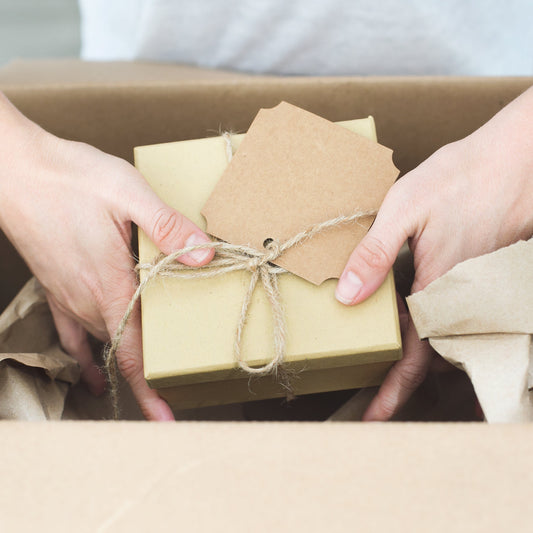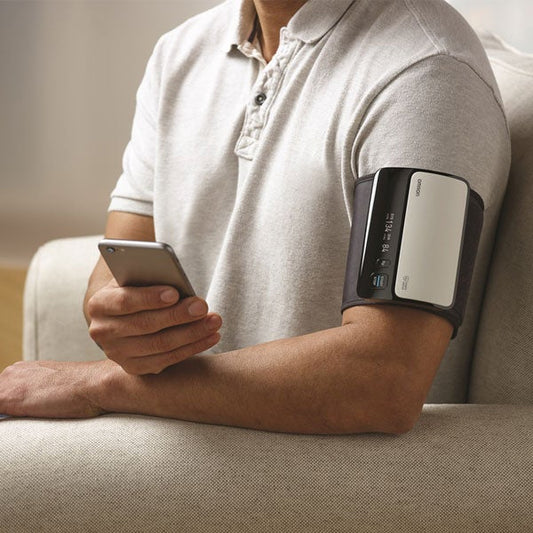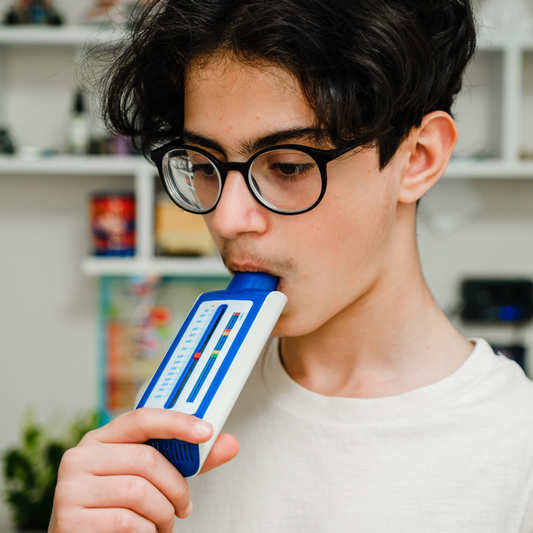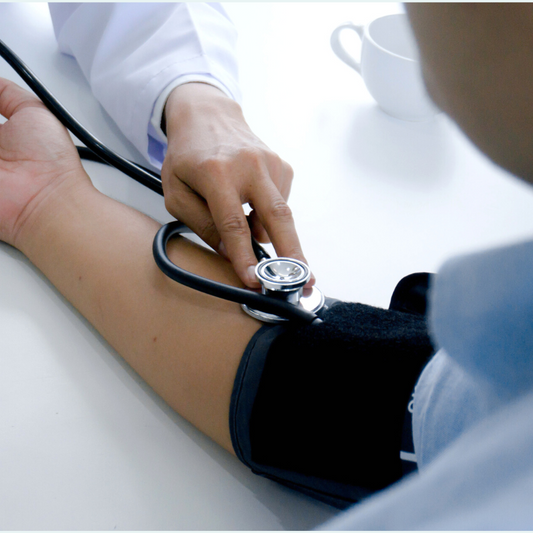Extending the use and ensuring continued performance of your stethoscope is critical for assessment and treatment. Safety is also important for you and your patients. Disinfect without damaging your stethoscope and protect yourself and patients.

Tip 1: What to Clean With
It is recommended to clean your stethoscope with a 70% isopropyl alcohol solution. Alcohol wipes are a great go to! You can also use a mixture of mild soap and water. Important Note: Do not use a hand sanitizer given there may be additives which may damage parts of your stethoscope. Do not immerse your stethoscope, soak in any liquid, or put it in any sterilization process.

Tip 2: Protecting Your Stethoscope
Try to keep your stethoscope away from extreme conditions such as heat, cold, solvents, or oils as they may cause damage or poor performance. Store your stethoscope away from direct sunlight if able. This can prevent color fading or tube hardening. Prevent warping and bending by keeping your stethoscope out of confined and restrictive places. Do not keep around solvents and oils. To improve longevity, you can wear a collar to minimize skin contact.

Tip 3: Deep Cleaning
Some stethoscopes allow you to remove ear tips, chestpieces, and diaphragms. Make sure to refer to your instruction manual about disassembling and reassembling. You can deep clean your stethoscope by using Tip 1 and disassembling your stethoscope. Make sure to allow the surfaces to dry before reassembling.

Tip 4: Fixing Your Stethoscope
Stethoscopes are susceptible to wear and tear over time. Sometimes it is time for a replacement part of a new stethoscope. How do you know though? Here are some signs to keep in mind: wear, tear, weather exposure, cracked or hardened tubing, or obvious damage to parts of the stethoscope. If you notice any of these then do not hesitate to Contact Us, so we can get you a replacement part of help you find a new stethoscope.
Sources:









